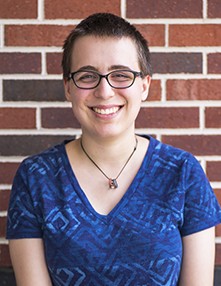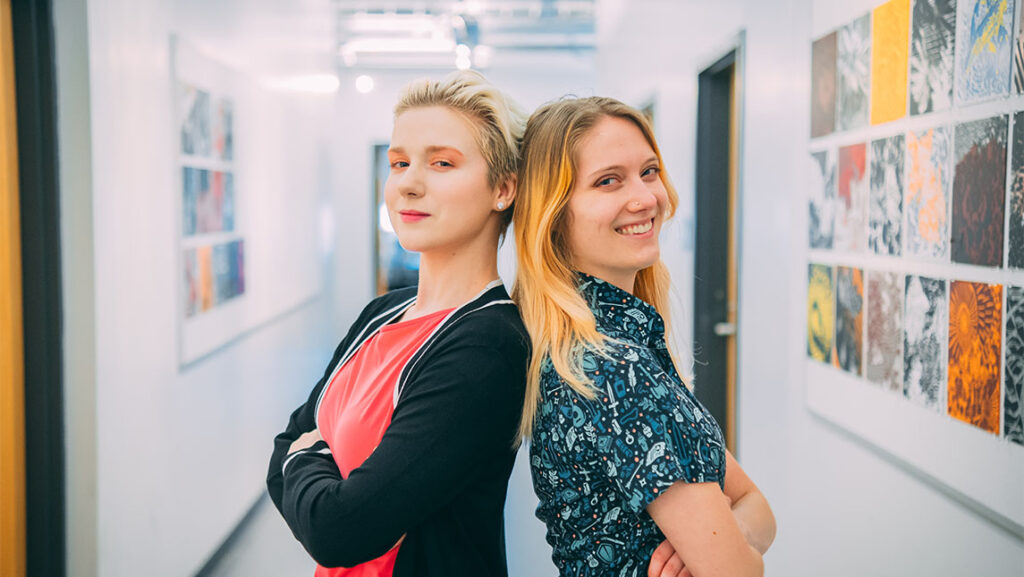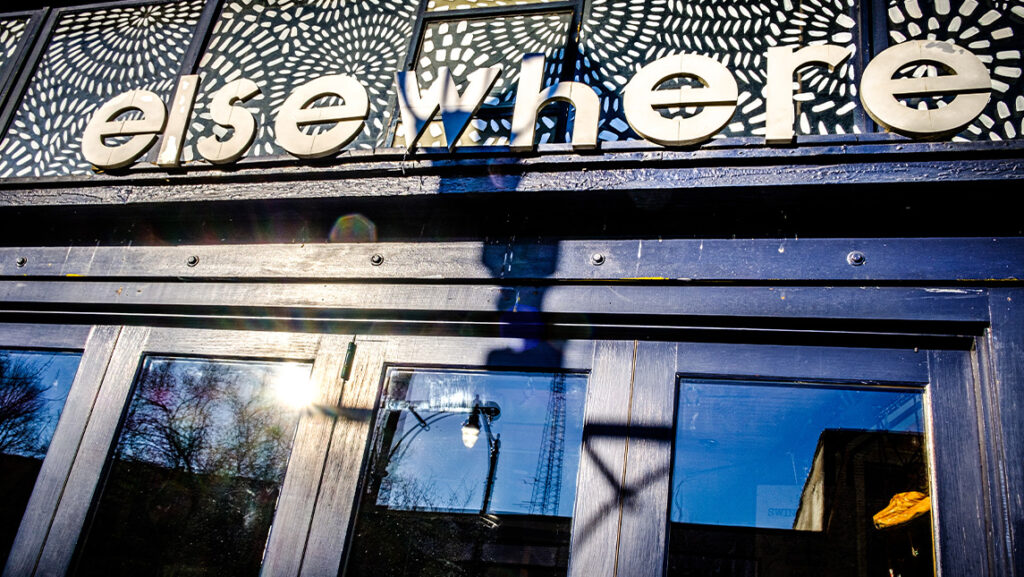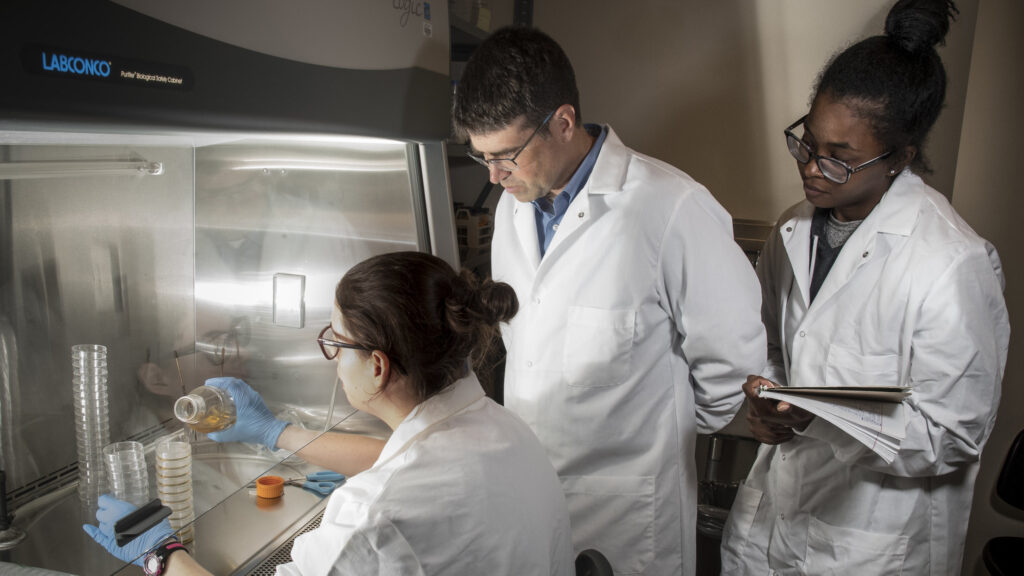
One of the first things a young English major will learn is that the discipline is about far more than reading books, poems, and plays. Although we still call them “texts,” a scholar can study a huge variety of materials: movies, advertisements, tweets, and even works with no words at all, such as buildings and monuments.
This may seem strange to some people, but for Carl Schlachte, a UNCG Ph.D. student studying rhetoric and composition, it makes perfect sense. Like good novels filled with symbolism and allegory ripe for literary analysis, many human creations carry cultural messages that reveal a lot about their creators’ points of view.
While some members of the UNCG English department study the rhetorical implications of anthropology (Dr. Risa Applegarth), workplace environments (Dr. Nancy Myers), and ballet (Dr. Shana Scudder), Carl’s text of choice is the architecture of early 20th century public high schools in New York City.
When I sat down with him to discuss his work, he immediately pulled up images from the NYC Municipal Archives, which include photos and records of all Board of Education real estate holdings in 1908. The Big Apple’s first public high schools look like castles– reminiscent of Xavier’s School for Gifted Youngsters from the X-Men movie franchise.
Carl explained that the look was not just the architectural vogue of the time. With neoclassical styles evocative of top tier universities and the upper echelons of society, the architecture was NYC’s message to the world about American values and prestige.
Each school from this time period, Carl says, is centered around a prominent auditorium large enough to seat the entire school. The capacity for a school-wide assembly, impossible in many recent school designs yet present in all of NYC’s public high schools from this time period, suggests a different campus culture than most high schoolers experience today, when few extracurricular events are mandatory and guest speakers are typically invited by particular teachers or student groups.
Consider the style of teaching utilized in an echoing lecture hall, compared to that used in an intimate seminar room. Similarly, differing school designs can reflect different approaches to teaching and learning.
To Carl, a former New Yorker, the most interesting–and troubling– part of all this is that some of the schools remain open in their original buildings to this day, continuing to impart the implicit messages of their design. Most people know that advertisements are out to manipulate viewers. But we are less guarded against the messages built into our surroundings. As a teacher, Carl knows the power an educational environment can have.
Interestingly, NYC public school auditoriums had a second purpose informing their design; in the evenings they were the site of public lectures marketed towards adults. From statements of officials at the time, we know the events were aimed at certain demographics, such as the poor or NYC’s large immigrant population. From the lecture topics (such as “hygiene”), we also know how these groups were perceived. The schools functioned as centers for Americanizing new residents, with the dominant class lecturing the masses on cultural norms and values. The intimidating venues underscored their messaging.
Through the Research Perspectives blog, students, staff, and faculty share their successes in research, creative activity, and community and economic engagement with each other and the world at large. Interested in contributing? Click here.
 Olivia Wood is a media and communication intern with the Office of Research and Economic Development. Olivia is a senior at UNCG double majoring in English and cultural anthropology with a minor in classical studies. She has a deep love for Virginia Woolf and a passion for research toward social justice. She likes this job because she gets to learn about all the fascinating research happening at UNCG.
Olivia Wood is a media and communication intern with the Office of Research and Economic Development. Olivia is a senior at UNCG double majoring in English and cultural anthropology with a minor in classical studies. She has a deep love for Virginia Woolf and a passion for research toward social justice. She likes this job because she gets to learn about all the fascinating research happening at UNCG.



